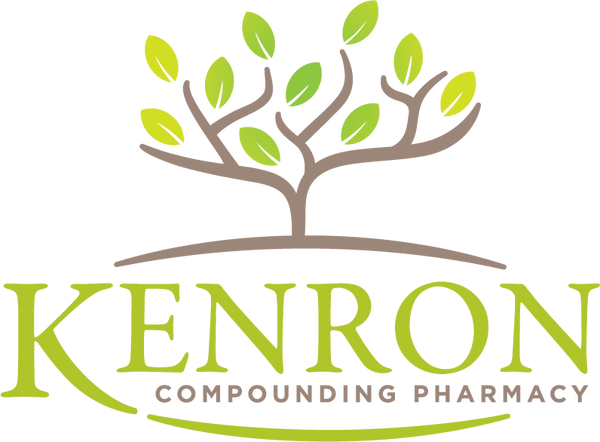Collection: Products
-
BIOCLINIC OPTIMEGA 3 VITAMIN D LEMON 1500 EPA 750 DHA 200 ML
Regular price $38.99 CADRegular priceUnit price / per -
CANPREV I-3-C 200 90 VEGGIE CAP
Regular price $25.99 CADRegular priceUnit price / per -
CANPREV SELENIUM GLYCINATE 200 120 VEGGIE CAPS
Regular price $24.99 CADRegular priceUnit price / per



